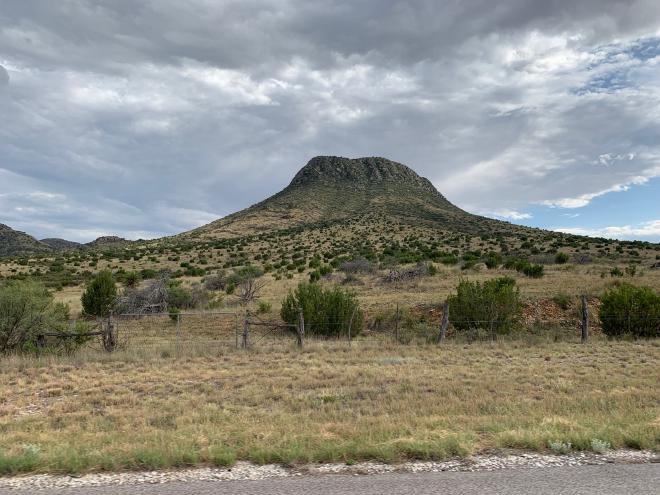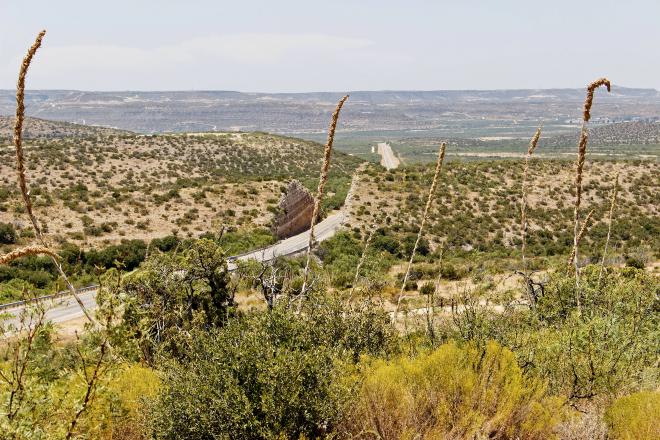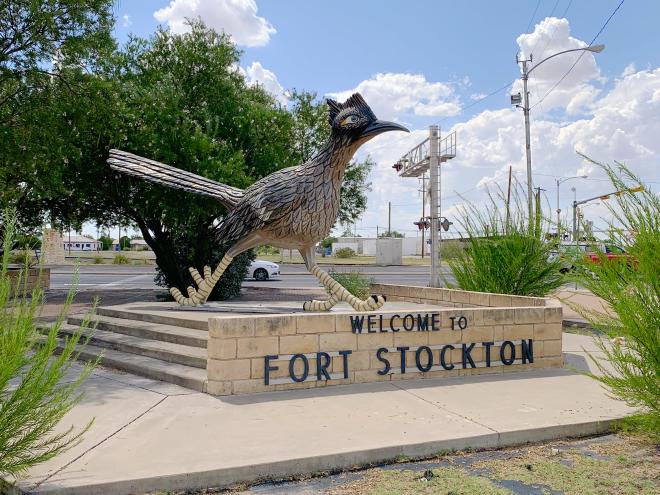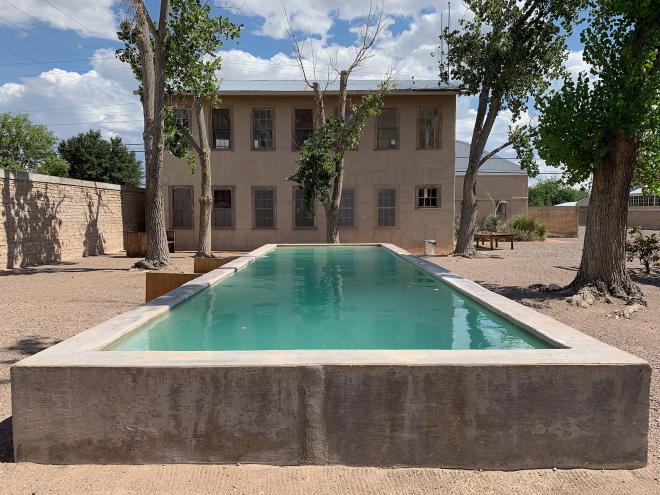I like big buttes and I cannot lie

When I first moved to Austin, Texas, I expected Texas to be like in “True Stories” — flat, desert, cactus and tumbleweeds. It was a big surprise to find out that central Texas was lush and green and full of trees. It does turn brown during summer, but once the fall rains start everything springs back to life.
We recently traveled to Marfa and surrounding towns for some vacation time, so I’m able to report that if you travel to west Texas, you’ll see the Texas you might be familiar with from the media.
Driving across Texas is a good way to come to understand just how large it is. You can start in the middle of Texas, drive for 7 or 8 hours, and still be in Texas seeing signs saying you’re 200 miles from El Paso. The sun blazed down as we sped through empty flat scrublands; it’s not a journey I would want to make in an unreliable vehicle.

There was sandy desert. There were mesas and buttes. There was cactus everywhere. Later we visited the Chihuahuan Desert Research Center, and saw lots of strange cactus and desert vegetation. Overall, the landscape looked just like the game “Red Dead Redemption”, to the point where I was truly impressed with the amount of research Rockstar must have done. When you recognize real life wildflowers from having seen them in a video game, that’s dedication to graphics quality.
Fort Stockton is really keen on the roadrunner. As well as the large roadrunner statue, there are businesses with roadrunner logos, a roadrunner carved into the hillside, and so on. On two occasions we saw a roadrunner run across the road. It’s hard to resist the urge to say “Meep meep!”, though the birds themselves don’t seem to make any noise that resembles that. We didn’t see any coyotes, with or without rocket boots.

A lot of the land is empty, apart from scattered oil pumps. There are some new wind farms — it’s striking to see an old rusty oil pump with a gleaming wind turbine behind it.
We passed through Eldorado. I looked for a good photo opportunity but didn’t see one. It’s a tiny one horse town, minus the horse, and half of it seems to be a trailer park. I don’t know whether Jeff Lynne ever made it there, but the album seriously oversold it. Then again, a desert thunderstorm does indeed look weird and magical.
We didn’t stay in Marfa, as the hotels there are crazy expensive. Instead we slept in Alpine, just over 40km away. Alpine is a slightly larger town, with a few more restaurants and a state university. The local football team is the Alpine Fightin’ Bucks, who would have caused the Reverend Spooner some difficulties.
In 1979, Marfa was a run-down western town. Artist Donald Judd bought large amounts of real estate and founded the Chinati Foundation as a place for modern art to be installed and preserved. Buildings were gradually converted into art spaces, at least until Judd died suddenly in 1994. Since then, many of his working spaces have been kept exactly as he left them, as a kind of time capsule.

In the meantime, hipster boutiques have popped up across the rest of the town. I found myself in one store which was selling rolls of expired Fuji ISO 200 so people could shoot authentically artistically bad photos with their old 35mm cameras. $8 for a 24 shot roll.
I’m really curious as to how Judd would feel about what has happened. There’s something very sad about touring what was once a living and working space, seeing it preserved like a fossil in amber. It pushes the focus relentlessly to worship of the artist, and away from the art. Is that what he would have wanted?
We went to a stargazing party at the McDonald Observatory. Sadly, it was overcast all night, but I got to see some telescopes I guess. We went out on the last night to see the Marfa lights. I’m not convinced there’s anything mysterious going on there, but it was dark enough that when the clouds cleared, I could see the milky way.